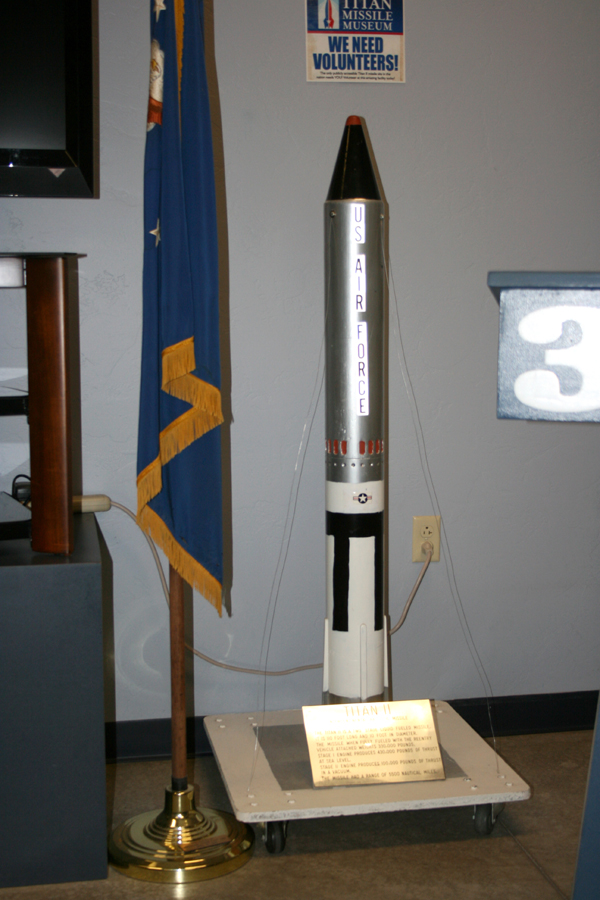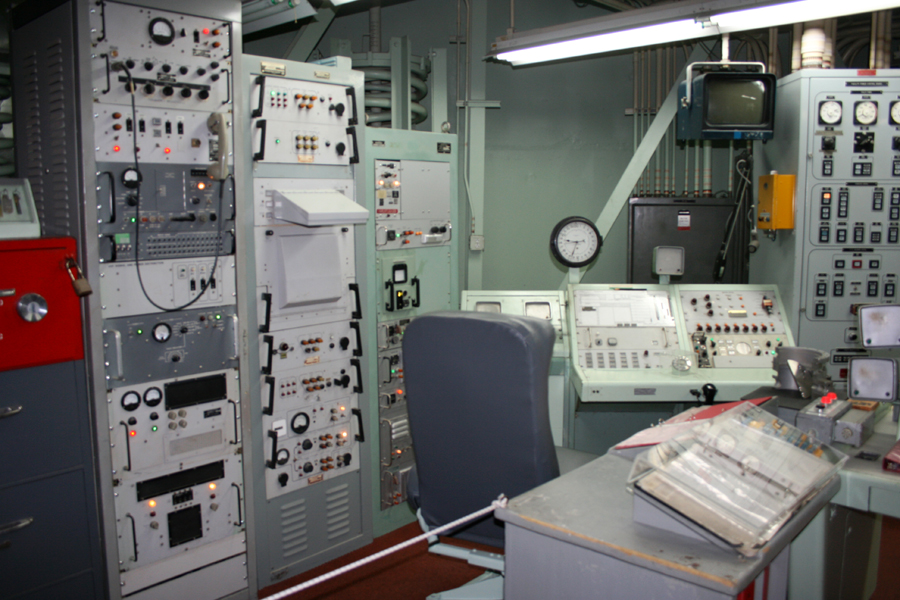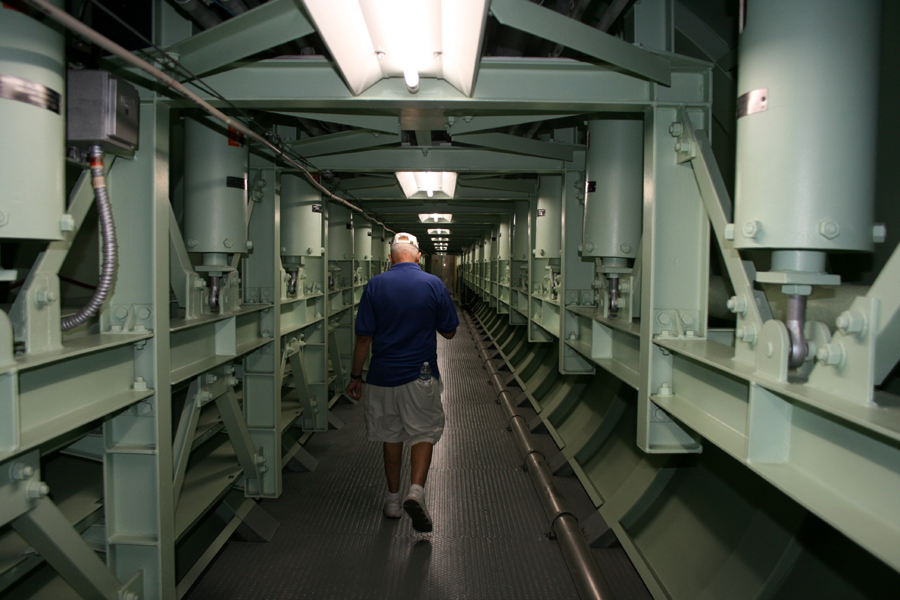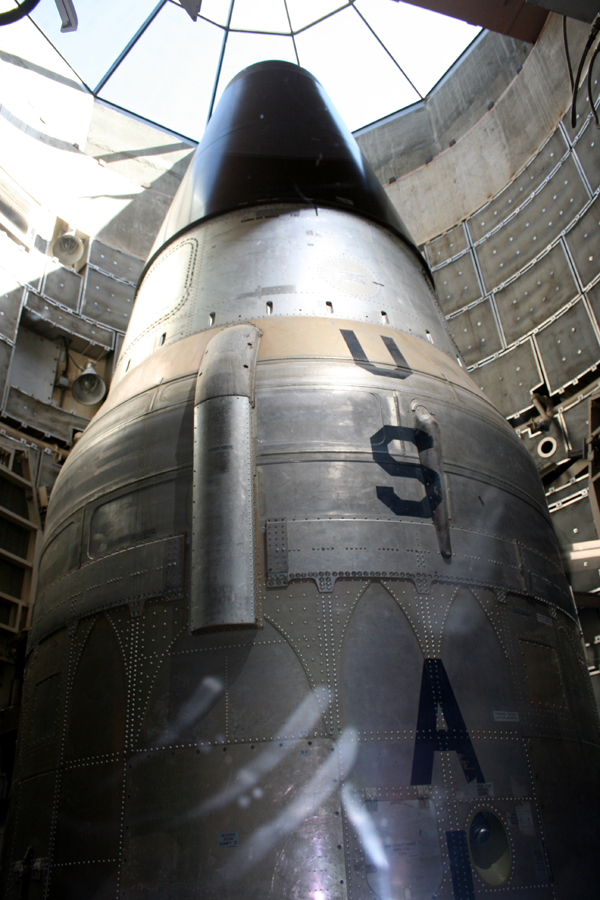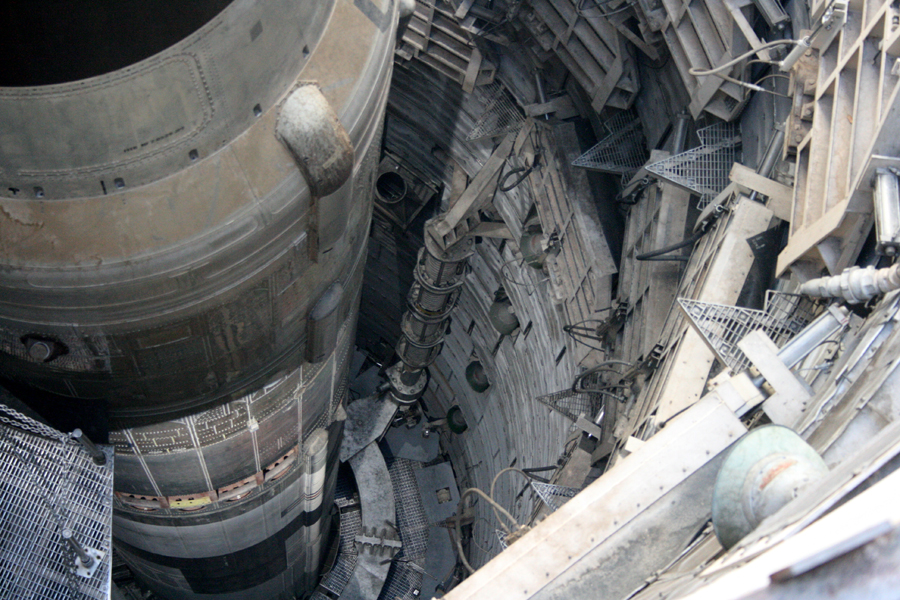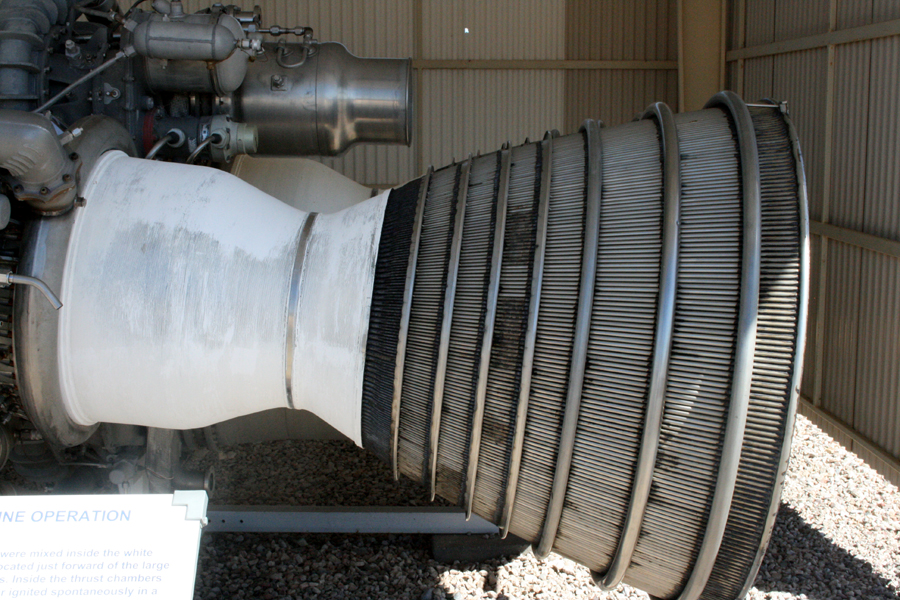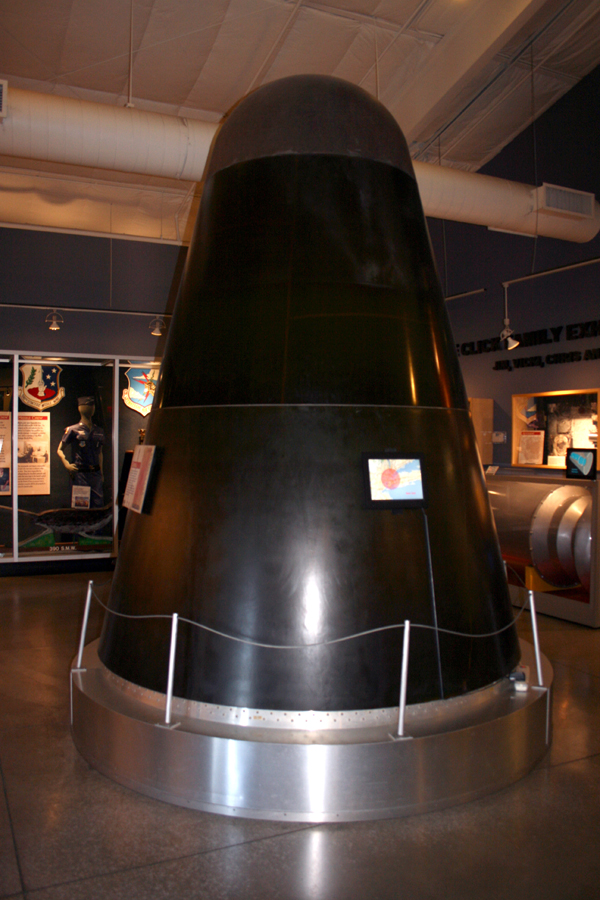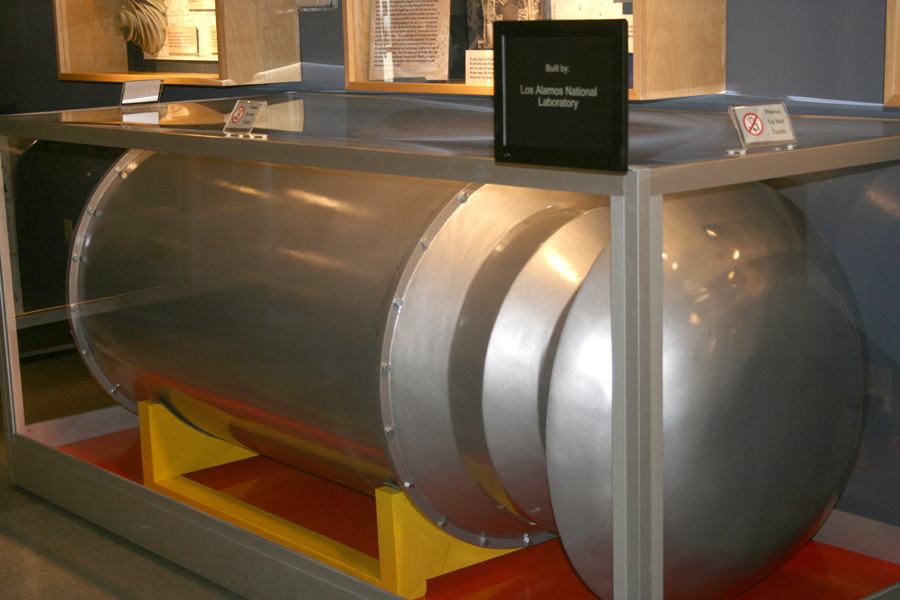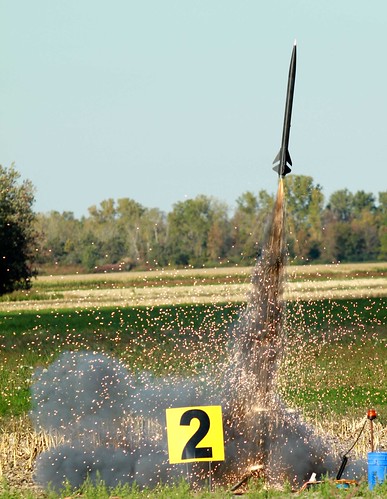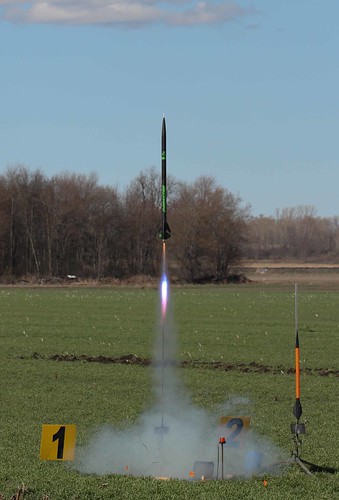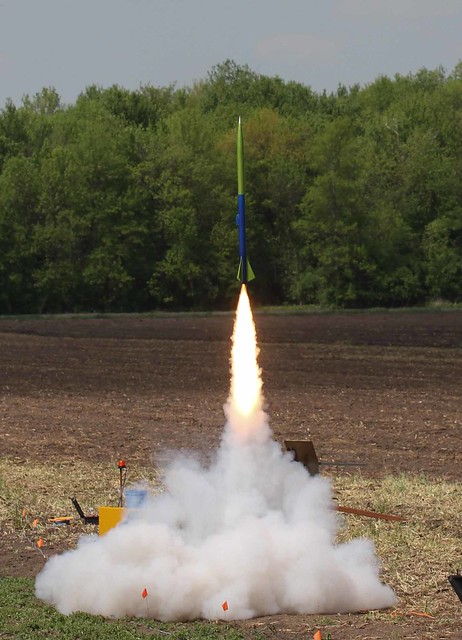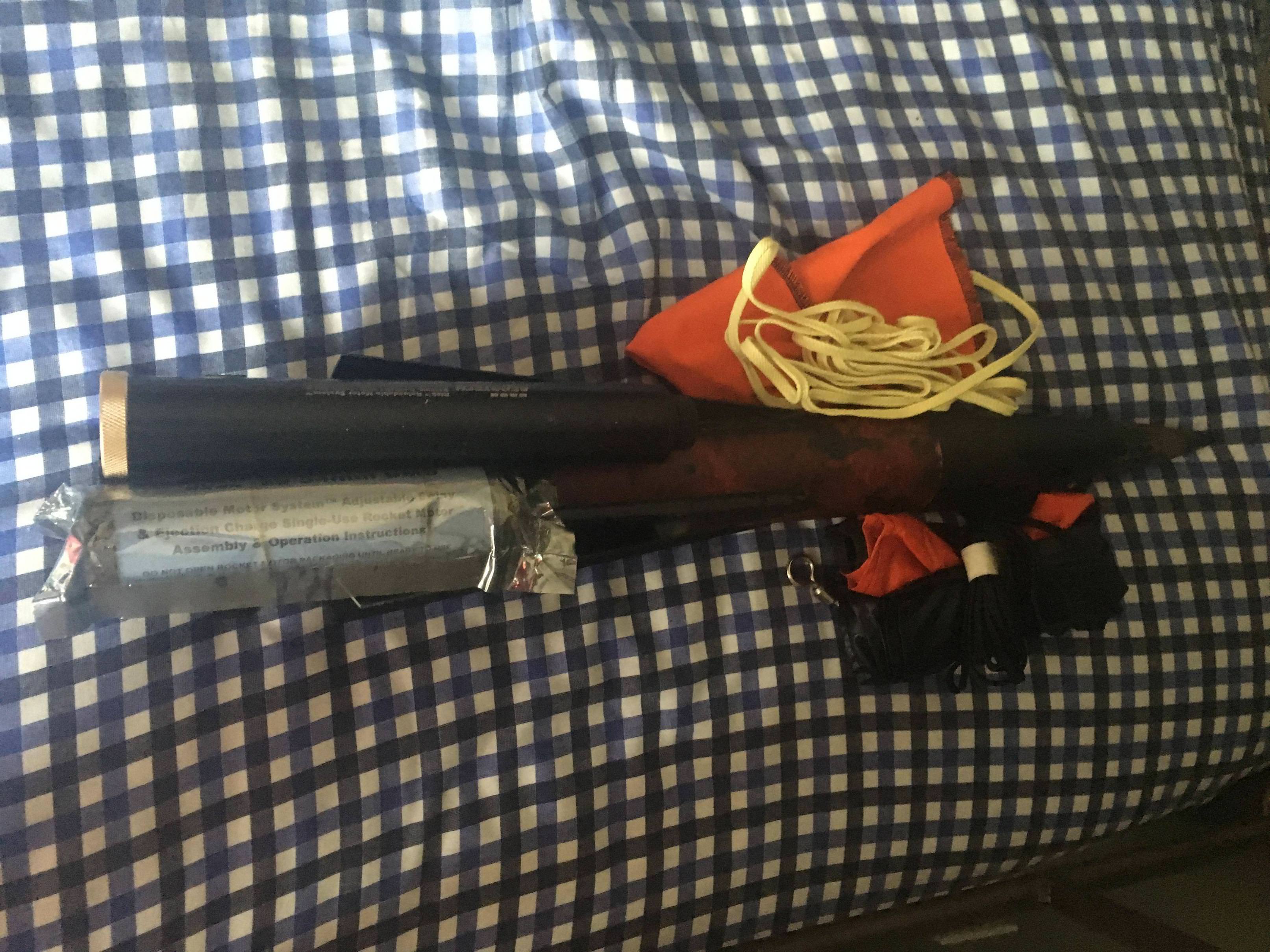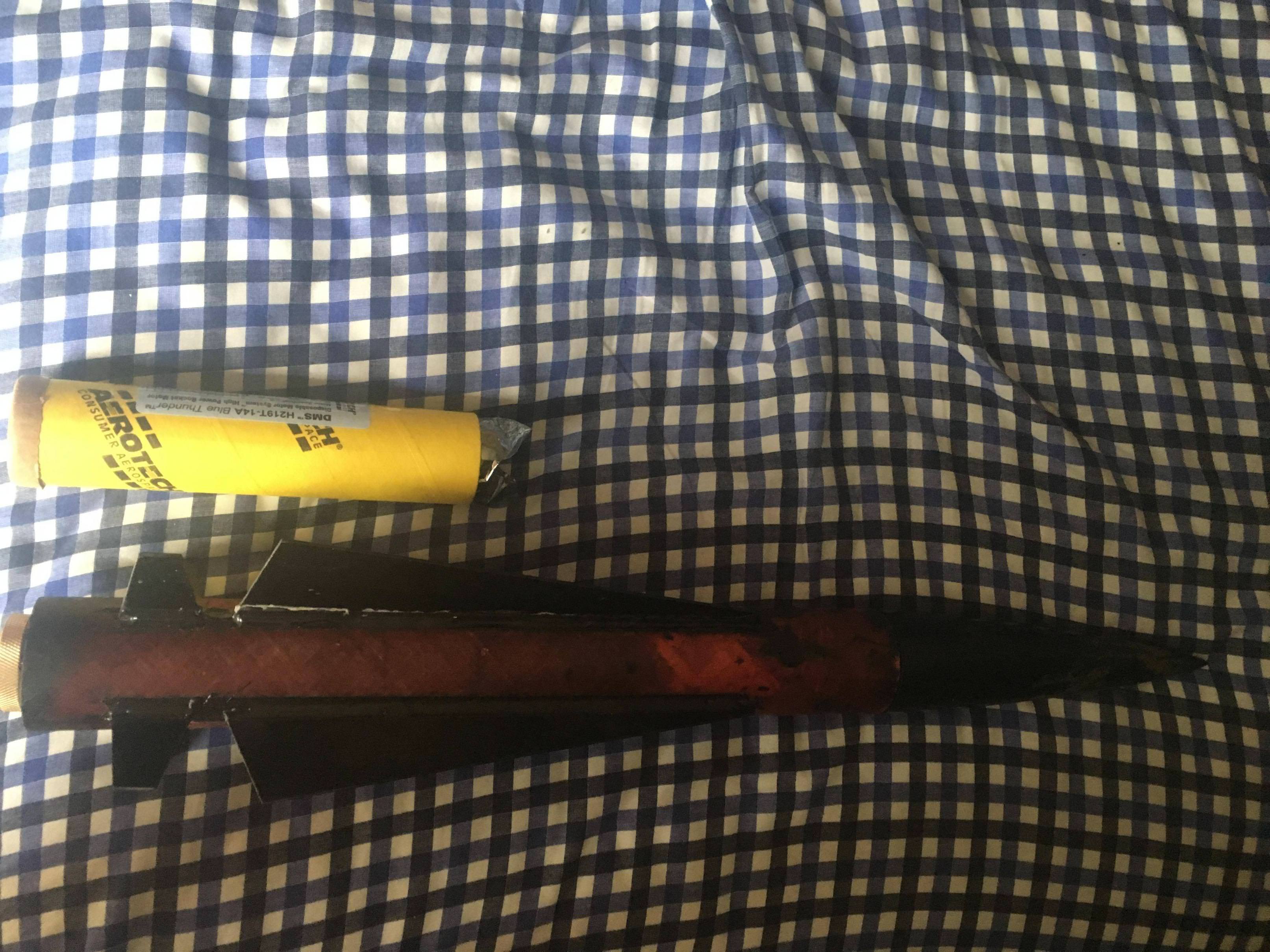Does anyone know how MAC rockets take primer and paint? They have no spiral groove to fill.
I tried a couple MAC kits last fall (a 54mm Black Fly and 54mm Scorpion XL), now I have 4 finished MAC rockets and 2 more under construction. Consider yourself warned.

The Black Flies are really fun (watch your Cg/Cp, they need nose weight). The Scorpion XL is versatile, can do SD with just the booster + NC class 1 motor flights, DD on "big" class 1 motors (H242, H130, H148 etc), and of course DD and Mach+/mile+ on big nasty Js.
No spirals to fill, which is awesome. The linen fabric does have lot of little pin holes which I've had good luck filling with Bondo GSP and sanding off before painting. Tubes and fins are then easily primered and finished. Rough everything up with sandpaper.
It's a little annoying that the tube IDs are very round, and then the OD can be a little eccentric, I guess this is the nature of rolling/wrapping the linen fabric. Not a big deal, but pay attention to how the tubes line up, and sand to match if needed.
I really like MAC kits, the attention to detail and fitment of parts is superb. Mike is great to deal with as well. His kevlar harnesses are very nice. They build quickly and easily. And no, I don't have a stake in MAC!
I like that the phenolic is waterproof... I've tested that with a lake landing and the rocket floated long enough to retrieve it via boat (well over an hour). The foamed fin can and my sealed NC kept it afloat. Like a FG kit you can wash the rockets out when they get gross from BP residue.
IMO it's worth the extra $ to upgrade to the FWFG nose cones. You won't regret a JLCR and some kind of GPS tracker either.
Read MPitfield's Black Fly build thread in MPR if you haven't yet, lots of info there.





